Description
In the world of industrial automation, maintaining seamless connectivity between field devices and central control systems often feels like a constant battle against signal drift, environmental interference, and integration headaches. Picture a chemical processing plant where pressure fluctuations in a reactor vessel need to feed directly into your DCS without a hitch—any delay or noise in the I/O signal chain could cascade into costly downtime or safety risks. Or consider a water treatment facility handling corrosive media, where sensors must interface reliably despite humidity and vibration, ensuring process control loops stay tight and responsive. This is where the Foxboro RH101AA steps in as a vital interface base module, designed to bridge the gap between smart sensors and your broader automation architecture.
Engineers like you know the drill: in high-stakes process control environments, you need components that prioritize signal reliability and modular integration without forcing a full system overhaul. The Foxboro RH101AA addresses these pain points head-on by providing a robust mounting and connection platform for Foxboro’s lineup of intelligent pressure transmitters and measurement devices. It’s not just about plugging things in; it’s about creating a stable foundation that supports high-reliability data transmission, reducing the engineering overhead of custom cabling or adapters. In scenarios like remote oil and gas installations or pharmaceutical batching lines, where uptime is non-negotiable, this module becomes essential. It handles the nitty-gritty of interface conversion—think analog-to-digital handoffs or protocol bridging—while shielding against common disruptors like electromagnetic noise or thermal expansion in field wiring.
What sets the Foxboro RH101AA apart in industrial automation isn’t flashy add-ons, but its understated focus on longevity and adaptability. When you’re scaling a system or retrofitting legacy gear, the last thing you want is a component that locks you into proprietary silos. Here, the module ensures your I/O signals remain clean and consistent, feeding accurate data to controllers for better decision-making in real time. Whether you’re dealing with harsh outdoor deployments or cleanroom precision, it minimizes false alarms from signal degradation, helping you meet stringent compliance standards without constant tweaks.
The Foxboro RH101AA slots neatly into the lower layers of your automation stack, acting as the connective tissue between field-level sensors and mid-tier I/O subsystems. Imagine it as the unassuming hub in a Foxboro Evo process automation setup: you mount your smart pressure transmitters directly onto its baseplate, and it handles the physical and electrical interfacing, converting raw sensor outputs into standardized signals that play nice with upstream controllers. This isn’t a standalone box—it’s built for backplane integration, snapping into DIN-rail assemblies alongside other Fieldbus modules to form a cohesive I/O architecture.
In practice, the Foxboro RH101AA interacts with devices like Foxboro’s FPS4000 series transmitters, capturing pressure readings with minimal latency and passing them via supported protocols to a central DCS or PLC. It supports basic redundancy through hot-swappable connections, meaning you can service a sensor without halting the line, and built-in diagnostics flag issues like wiring faults early via status LEDs. Positioned at the edge of your system, it thrives in distributed setups—think remote I/O cabinets where space is tight but data demands are high. No need for complex reconfiguration; it aligns with common fieldbus standards, easing integration with platforms like Modbus or Profibus gateways. For teams upgrading from older analog-heavy systems, this module simplifies the transition, letting you layer in digital smarts incrementally while keeping your process control loops humming.
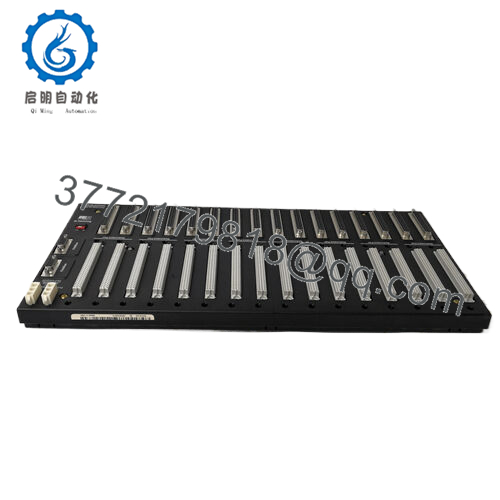
- RH101AA
| Specification | Details |
|---|---|
| Model Number | RH101AA |
| Brand | Foxboro (Schneider Electric) |
| Type | Interface Base Module |
| Input Voltage | 24 V DC |
| Operating Temp Range | -40°C to +70°C |
| Mounting Style | DIN Rail or Panel |
| Dimensions | 16-slot (approx. 250 x 100 x 50 mm) |
| Weight | 1.2 kg |
| Interface/Bus | Fieldbus Backplane |
| Compliance | CE, RoHS, ATEX (optional) |
| Supported Protocols | Modbus, Profibus, Ethernet/IP |
| Typical Power Draw | 5 W |
Opting for the Foxboro RH101AA means you’re investing in a component engineered for the long haul, where reliability translates directly to operational peace of mind. In environments prone to vibration or chemical exposure, its corrosion-resistant housing and secure mounting ensure signals stay pristine, cutting down on the frustration of intermittent faults that plague lesser modules. This isn’t about overbuilt excess; it’s about performance consistency that lets your team focus on optimization rather than firefighting. Over time, that adds up to fewer unplanned shutdowns, helping maintain the critical system uptime your stakeholders demand.
What really shines is how it streamlines maintenance efficiency—quick-access connectors and diagnostic cues mean routine checks take minutes, not hours, reducing engineering overhead across your facility. For integration ease, consider how it slots into modular expansions: adding more sensors doesn’t require rewiring the whole rack, just a straightforward base extension. Engineered for seamless scalability, the Foxboro RH101AA ensures long-term performance in evolving setups, whether you’re consolidating data for predictive analytics or complying with evolving safety regs. Ultimately, it empowers you to build resilient process control networks that adapt without breaking stride, delivering measurable gains in throughput and cost control.
In power plants, the Foxboro RH101AA is a go-to for interfacing pressure sensors on boiler feed lines, where continuous uptime amid high-heat conditions demands unflinching signal fidelity—think monitoring steam pressures to prevent overpressure events, all while integrating into SCADA overlays for real-time oversight. Shift to oil and gas refineries, and you’ll find it anchoring distributed control in fractionation towers, handling fast data cycles from differential pressure transmitters to flag leaks or flow anomalies before they escalate, ensuring compliance in hazardous process control environments.
Pharmaceutical manufacturing rounds out its versatility, deployed in cleanrooms for precise vessel pressure tracking during sterile fills. Here, the module’s high reliability shines in meeting FDA-mandated traceability, with its base supporting HART-enabled devices for calibrated I/O signals that maintain batch integrity. Across these use cases—power plants, refineries, and pharma ops—the Foxboro RH101AA proves indispensable for harsh conditions and mission-critical deployments, bolstering overall system resilience.
FBM201 – Analog input module for expanding sensor channels in basic process monitoring setups.
FBM232 – Ethernet-based field device integrator, ideal for high-speed network tie-ins.
RH102AB – Enhanced baseplate variant with additional slots for denser I/O configurations.
FBM214 – HART communication module, perfect for advanced transmitter diagnostics.
FBM242 – Discrete output companion, suited for actuator control alongside pressure sensing.
RH100BA – Compact predecessor for legacy system upgrades with similar interfacing.
FBM231 – Multi-protocol adapter for mixed legacy/modern fieldbus environments.
Before sliding the Foxboro RH101AA into your rack, double-check bus compatibility with your existing Fieldbus backbone—mismatched protocols can lead to handshake failures down the line. Ensure you’ve got adequate cooling space around the DIN rail, especially in enclosed cabinets where ambient temps push toward the upper limit; a quick airflow calculation based on your enclosure’s IP rating goes a long way. Firmware readiness is another must: download the latest from Schneider’s portal and verify against your DCS version to avoid boot loops during commissioning.
Once it’s humming, ongoing maintenance keeps things straightforward and proactive. Start with monthly LED status reviews—green for nominal, amber for minor wiring nudges—to catch drift early. Connector inspections every quarter, focusing on torque specs to prevent cold joints from vibration, pair well with a yearly full-system test: simulate sensor inputs and log signal integrity to baseline performance. If you’re in a dusty or moist spot, wipe down the housing with approved non-abrasives to preserve seals. These steps aren’t burdensome; they’re the practical rhythm that extends the module’s life, letting you spot trends like gradual noise buildup before they impact your process control loops.

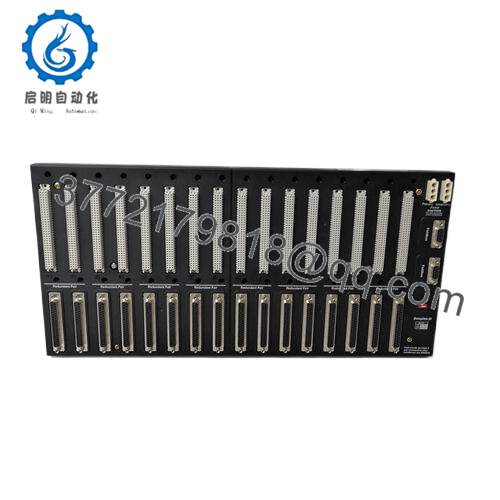
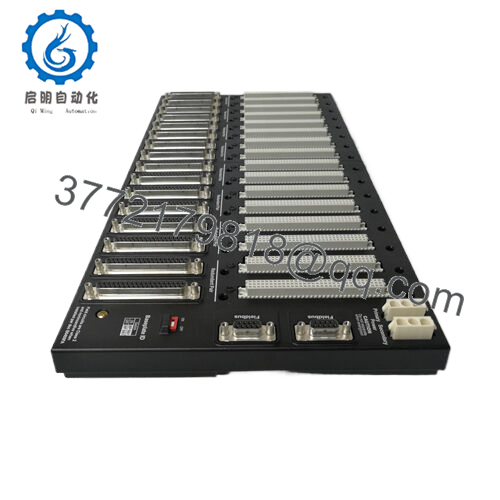
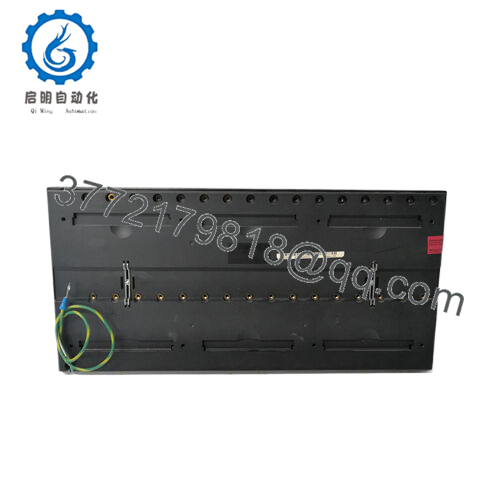
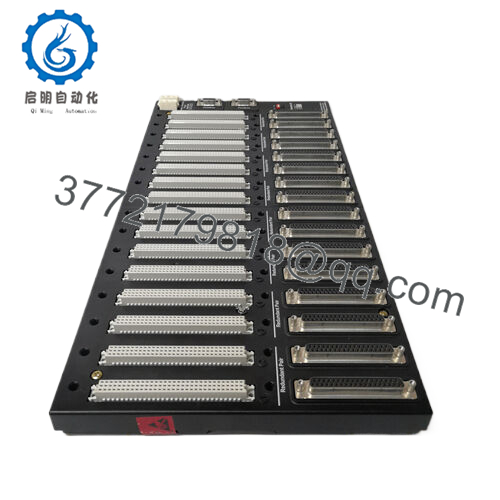
 WhatsApp: +86 16626708626
WhatsApp: +86 16626708626 Email:
Email:  Phone: +86 16626708626
Phone: +86 16626708626


